Proposed Title :
FPGA Implementation of Area Efficient Fully Reused FMOManchester with Comparison of FMOMiller Encoding using SOLS Technique for DSRC application
Proposed System:
- Provide the Comparison of FMO Manchester and FMO Miller Encoding
- Low Power and Area Efficient
Software implementation:
- XILINX – HDL Implementation
- Modelsim

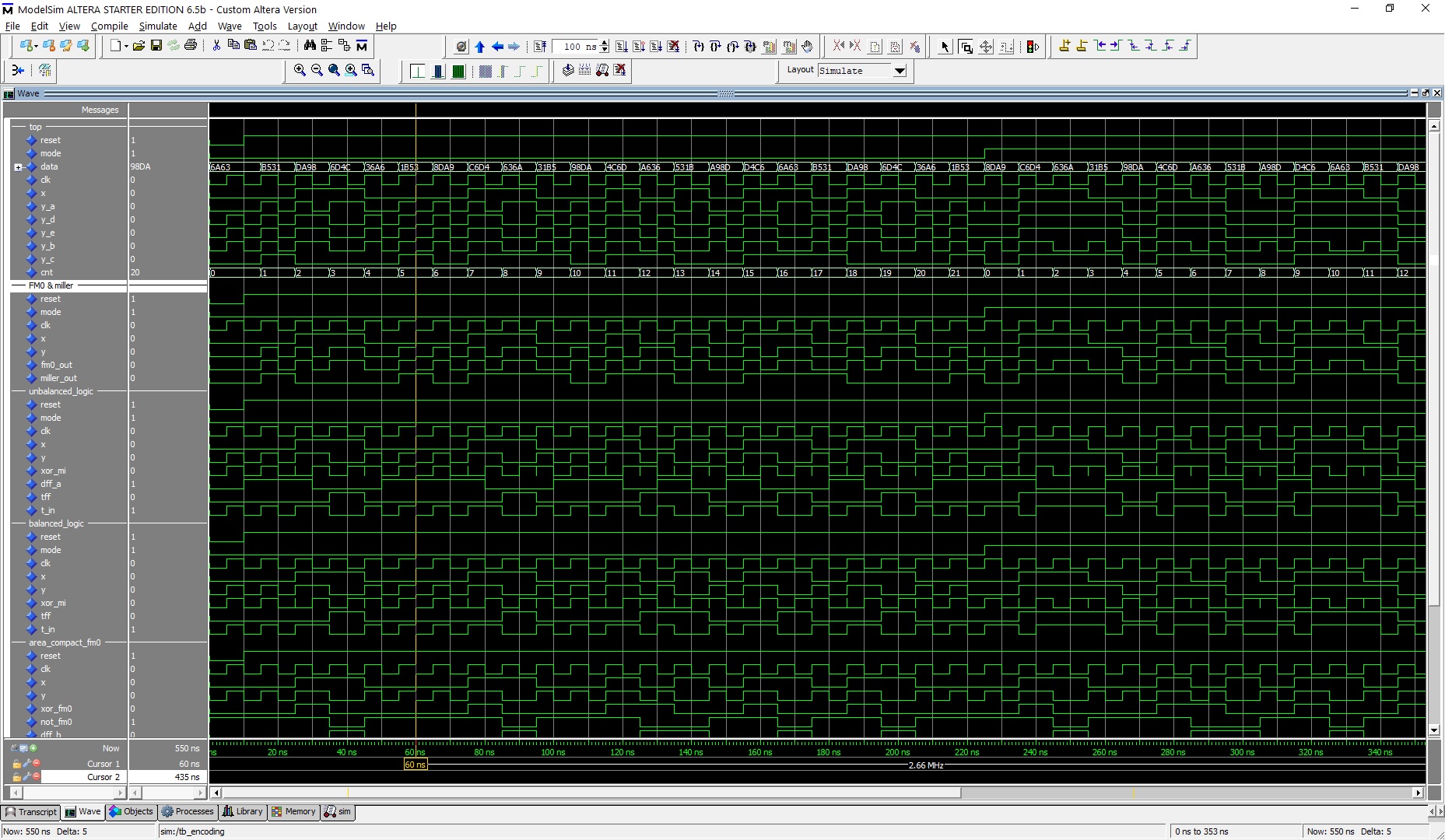
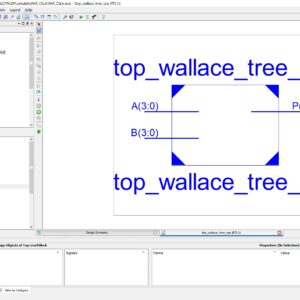
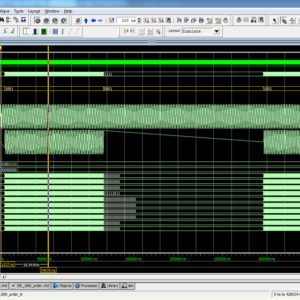
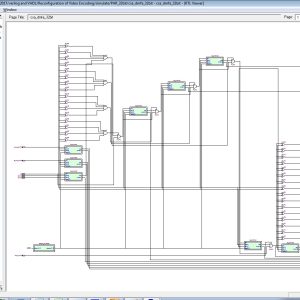
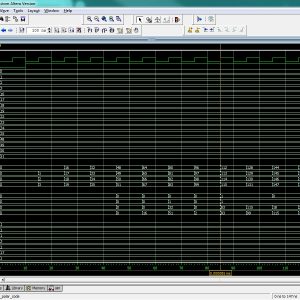
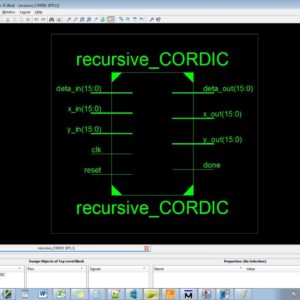
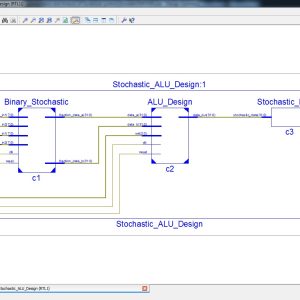
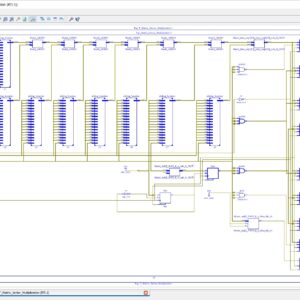

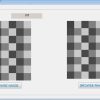
Reviews
There are no reviews yet.